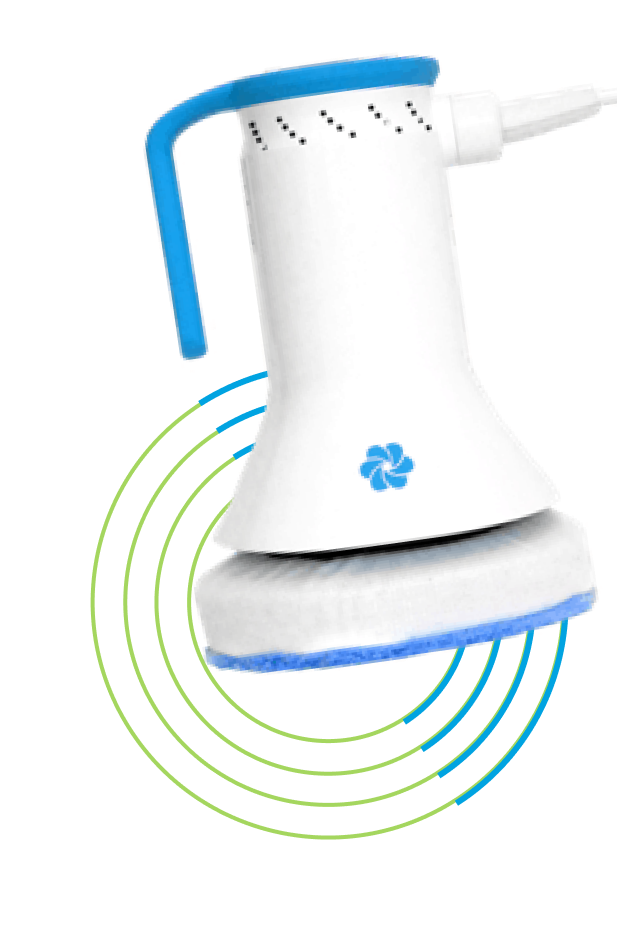Overcoming Chronic Pain with Four Easy Steps to Starting an Exercise Routine
Chronic pain is pervasive in our country with most Americans likely to experience chronic pain at some point in their life. Chronic pain spans ages, demographics, and all parts of the body. Experiences of pain include migraines, back pain, neck pain, fibromyalgia, and so much more. I’ve seen how chronic pain takes its toll on my patient and how it can become a destructive force in their lives.
I’ve also seen how they’ve grown, flourished, and moved through their journey with chronic pain to a new place of thriving in life, not just surviving. Exercise is one of the keys to this journey.
Overcoming the fear of exercise
Exercise can be fearful, intimidating and challenging for individuals with chronic pain. Kinesiophobia is the fear of movement and most chronic pain sufferers experience this phenomenon. Those living with chronic pain adjust their lives around the pain to accommodate it, unintentionally letting it run the course of their lives. Exercise becomes one of the many activities that falls to the wayside as individuals navigate their lives in response to the pain, often looking for more ways to avoid it than to experience healing.
However, my 25+ years of experience in working with chronic pain recovery and developing treatment programs has taught me that avoiding pain is not the answer. The answer lies in some of the activities we can even do at home: exercise, nutrition, mindfulness, and acceptance. My grandfather was a surgeon who practiced from 1935 to 1991 and his advice for acute back pain was to rest for two weeks. We now know the opposite is the better choice, the more we move, the better we feel. Gentle, slow movements even help with acute back pain. Today, I’ll cover the benefits of exercise and how to get started when you’ve been out of the exercise game for a while.
Exercising when dealing with chronic pain
Exercise plays a significant role in recovering from chronic pain because it works throughout our body. Pain usually starts with an injury, one in which the brain brilliantly responds with pain signals to alert the rest of the system to start healing and seek help. However, sometimes there is a malfunction for unknown reasons in which the pain signals continue to be sent, even though the injury has been beyond normal tissue healing time. This phenomenon results in chronic pain, in which you continue to experience physical pain sensations. It’s a matter of the brain continuing to receive pain signals that continue to go through the brain.
So, what role does exercise play in this? Continued exercise enables the individual to move, teaching the brain that it can rewire the pain signal, even though the nervous system sends opposing signals until this retraining has occurred. Exercise gets you using those muscles and body parts again that have been left alone for so long. Often they don’t realize all they have to offer – so we must retrain them. Staying active trains your body to heal itself and to see its own healing.
How to start an exercise routine
Remember, this is your first time working these muscles in a while, so it’s not best to run a marathon on day #1. Start small with a regular walking exercise at a pace that is comfortable, but gets your heart rate going. Notice how it feels in your body and the pain responses you receive. When it becomes painful, take a break. Retraining the brain doesn’t happen overnight and will need to happen one step at a time, so listen to your body and take breaks when it asks for them. Walk indoor on a treadmill, or outside in nature at a pace you can keep for 30 minutes.
Make exercise a priority
It’s important to keep up your exercise pattern. Retraining your brain and body will take consistency, so don’t give up! One way to stay consistent is to set aside a regularly scheduled time for exercise. Put it on your calendar or in your planner. Then, protect that time. Exercising is key to overall health and wellness, especially for chronic pain warriors, so make it a priority in your schedule.
Take it slow when starting exercise
Like I said, retraining the brain doesn’t happen overnight, so stay patient with the process. It will take time for your brain and body to learn how to move again, but it will happen with consistency! Also, be patient with yourself and what you’re able to accomplish. You’re not likely going to be able to climb Mount Everest in the next week, but every step of progress still counts toward your goal.
Keep exercise fun
One of the best and easiest ways to start small, stay consistent, and be patient with your exercise routine is to do activities you enjoy. I know – crazy concept, right?! Exercise doesn’t have to be a miserable experience – start with activities you love! This can be dancing, Zumba, yoga, walking outside in nature, or swimming. The possibilities are endless, so find something you like and stick to it!
Exercising offers the unique chance to take care of our bodies, something only we can do for ourselves. Take the time for yourself to take care of your body and see how it responds. My hope for you is that incorporating exercise into your life will not only decrease your pain, but improve your quality of life. Learn to thrive, not just survive.
Using massage therapy with exercise can reduce pain and improve muscle performance. The Myobuddy Massager Pro is a handheld massager that offers a pain relief guarantee. If it doesn’t help relieve your pain within 30 days, send it back for a full refund. Learn more that the Myobuddy.com.
Guest post author:
Dr. James Flowers, Author, Writer, Speaker, Clinician, CEO, Pain Expert.









